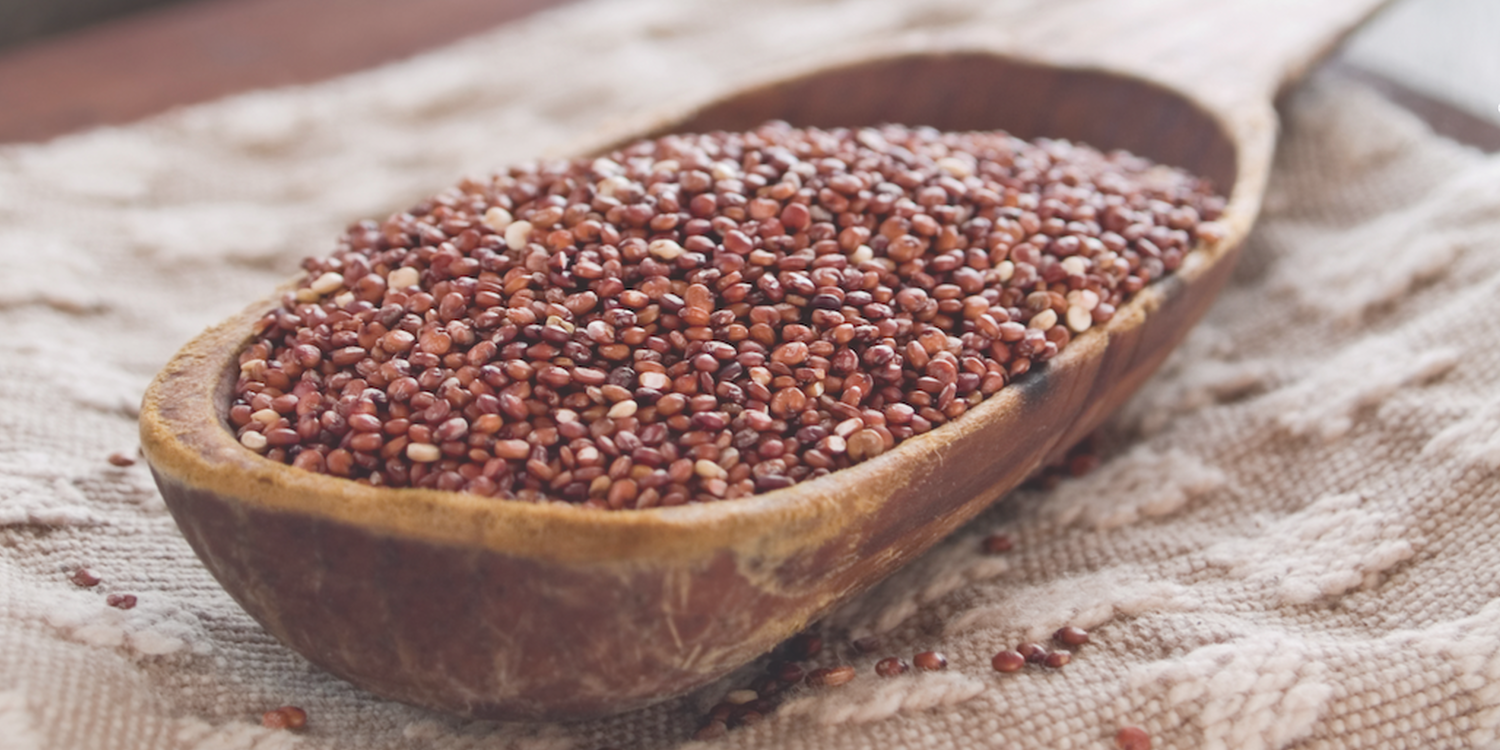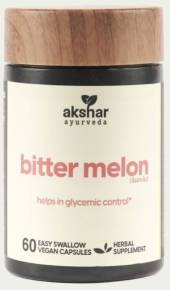With any type of diet, it’s best to focus on what you can eat—not on what you can’t. Eating gluten free is no exception.
Those who follow this type of diet know to avoid gluten-containing grains such as wheat, farina, farro, graham flour, kamut, semolina, spelt, triticale, rye, and barley. But there’s a whole other world of gluten-free grains (and seeds!) to focus on.
Meet the Grains
Most individuals eating a gluten-free diet can tolerate small amounts of oats—if they’re labeled gluten free. This means that during harvesting and processing, the oats were not cross-contaminated with any grains containing gluten. Consuming oats may help reduce LDL, or “bad,” cholesterol in the body. Keep only a small quantity on hand as oats have may have a tendency to turn rancid.
Not technically a grain, quinoa is the seed of a plant related to amaranth. The flaked variety is often used in baking and for making breakfast dishes. Quinoa is a complete source of protein. Store it in the fridge in a well-sealed container for no more than six months.
Rice is a gluten-free cereal grain. While it contains less protein than other grains, the long-grain brown variety offers folate, manganese, and selenium. For best results when cooking basmati rice, refrain from lifting the lid before steaming time is complete.




